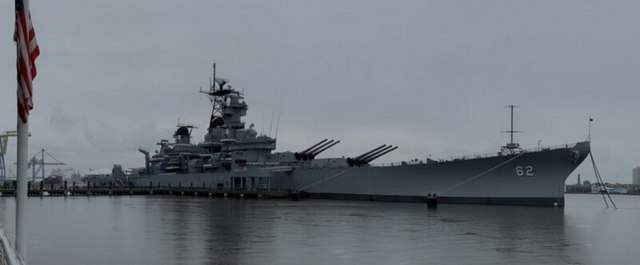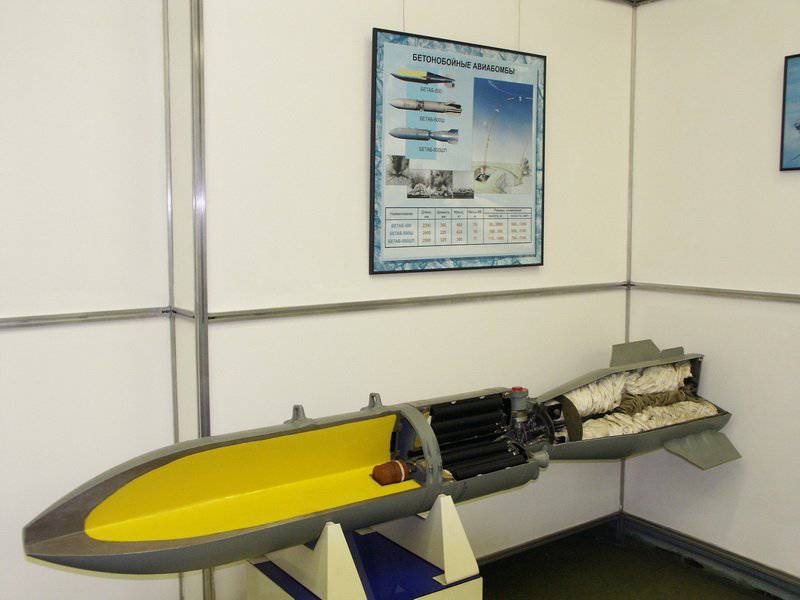Battleships are obsolete-that's a fact. However, the fact remains that there are no weapons in the world that look more impressive than them. One of the largest battleships that have survived to this day is the American "new Jersey", nicknamed Big Jay and the Black dragon. "Firepower of freedom" is the motto of this ship.
The ship of the line "new Jersey" is one of the most honored American battleships. Commissioned in 1943, it fought the Japanese in the Pacific for two years. Mariana Islands, Philippines, Okinawa-everywhere there was work for nine of its 16-inch (406-mm) guns of the main caliber. However, the battleship worked only for coastal targets: aircraft carriers dealt with enemy ships better and faster.
In 1948, new Jersey was placed in reserve, but did not stay there long. In 1950, the Korean war began, and it quickly became clear that air supremacy did not guarantee victory in the war. As a result, the battleships again found work to destroy coastal targets. New Jersey was taken out of reserve in 1951, and for the next two years the ship operated off the coast of the Korean Peninsula. After the end of the war, the battleship served in European waters until 1957, when it was again placed in reserve.
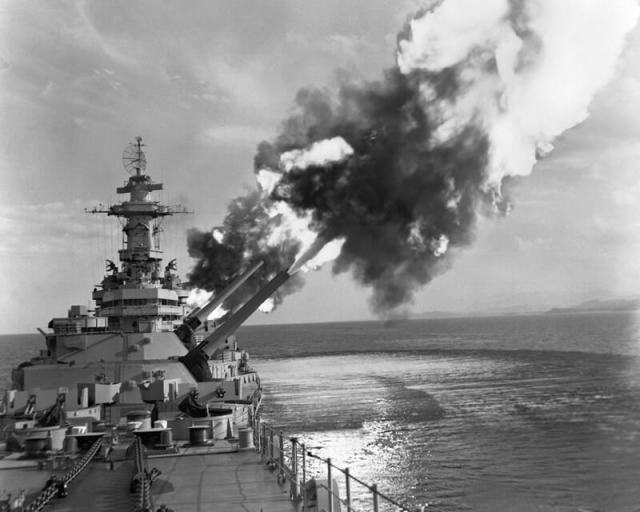
New Jersey fires at the enemy in Korea, January 1953.
Image source: wikipedia.org
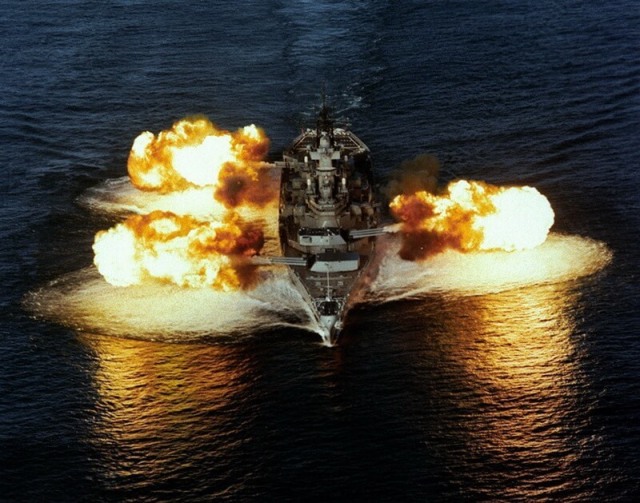
"New Jersey" fires the main caliber, December 1986.
Image source: wikipedia.org
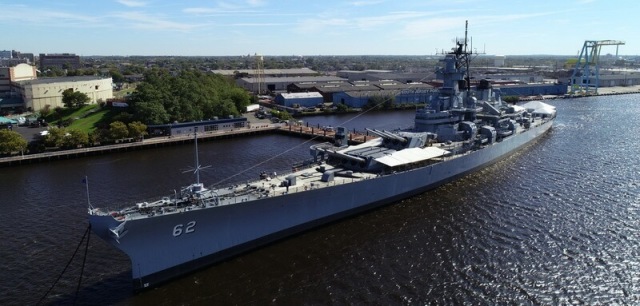
Modern view of the battleship.
Image source: battleshipnewjersey.org
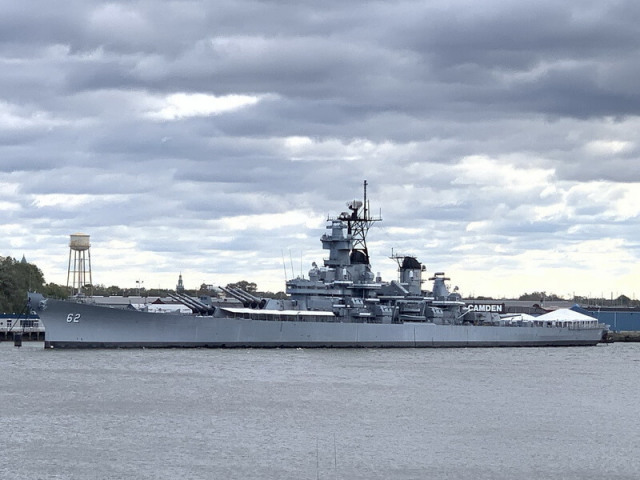
Modern view of the battleship. Author's photo
Image source: warspot.ru
After ten years in reserve, there was work for the ship again — the Vietnam war was gaining momentum. The leadership of the US Armed forces decided that the "firepower of freedom" will produce not only a material, but also a moral effect on the enemy. Of the four Iowa-class battleships, the newest in the us Navy, the new Jersey was chosen because it was upgraded before being placed in reserve. At that time, the ship was the only active battleship in the world. He served off the coast of Vietnam for a year (1968-1969), after which he went back to the reserve.
The Iowa-class battleships returned to service in the 1980s. Under new President Ronald Reagan's plans, they were to become part of a 600-ship fleet that was being revived after previous cuts. This time, all the ships underwent a major upgrade, which included, among other things, the appearance of four Harpoon anti-ship missile launchers and eight Tomahawk cruise missile launchers instead of part of the 5-inch anti-aircraft artillery systems. According to some reports, the Tomahawks carried nuclear warheads, which gave the battleships special firepower.
In 1982, after the modernization was completed, the new Jersey was commissioned into the us Navy in the presence of Reagan himself. However, instead of the expected epic confrontation with the Soviet Navy, the battleship had to deal with completely different things. In 1983-1984, he served off the coast of Lebanon, where he supported international peacekeeping forces trying to stop the country's civil war. It was not until 1986 that the battleship finally took its place at the head of the task force in the Pacific, as originally intended. At the same time, in September of the same year, the new Jersey went to the sea of Okhotsk, closer to the Soviet coast, to put "more fear on the adversary".
With the fall of tensions between the United States and the USSR in 1991, the battleship was again placed in reserve, where it remained for nine years until it was excluded from the fleet and transferred to the state of new Jersey for conversion into a Museum ship.
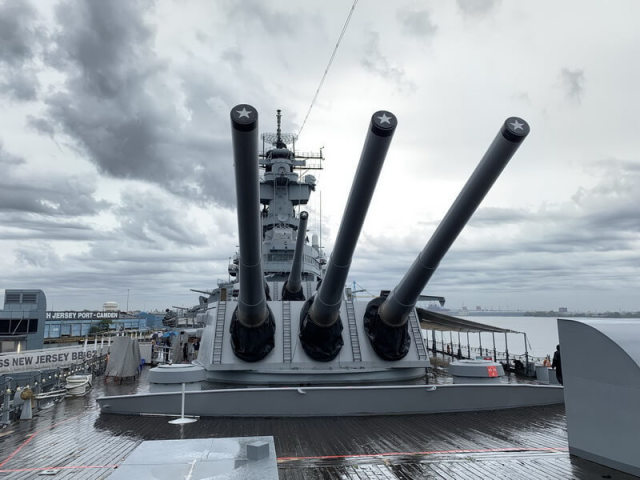
View of the forward turrets of 16-inch guns # 1 and # 2. Photo by the author
Image source: warspot.ru
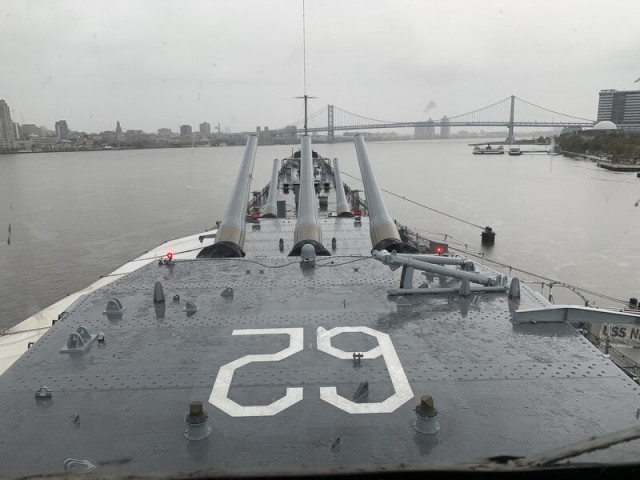
View of the forward turrets of 16-inch guns # 1 and # 2 from the other side. Author's photo
Image source: warspot.ru

Starboard 5-inch gun mounts. Author's photo
Image source: warspot.ru
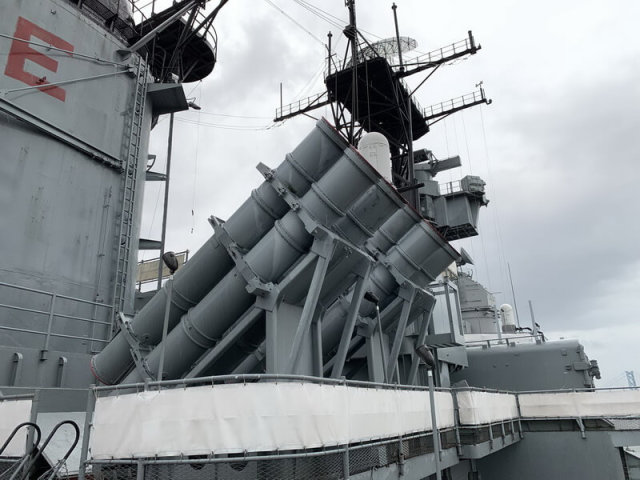
PU missiles "Harpoon". Author's photo
Image source: warspot.ru
Of several options for where the Museum ship will be located, the choice fell on the city of Camden. This was most likely influenced by three factors. Camden is located across the Delaware river from Philadelphia, where "new Jersey" was built. Camden itself was also famous for its new York Shipbuilding yard, where many famous ships were built. Among the largest are the aircraft carriers "kitty hawk "(CV-63) and" Saratoga "(CV-3), the battleships" Idaho "(BB-42) and" South Dakota "(BB-57), the heavy cruiser" Indianapolis "(CA-35) and the cargo ship" Savannah " — the world's first civilian ship with a nuclear power plant. Unfortunately, the shipyard closed in the 1960s, depriving the city of its last major enterprise. Without industry, Camden quickly became impoverished and impoverished, and in 1999 was even declared bankrupt. However, the local authorities did not give up and took various measures to return the money to the city. Most likely, the desire to help Camden was the third and final factor that influenced the placement of a tourist object in It. This was the tortuous path of the battleship new Jersey to the eternal berth in Camden, where it opened as a Museum ship in 2001.
The "new Jersey" is deservedly proud of the fact that of all the battleships turned into museums, it is on this ship that the largest number of rooms are available to visitors. Unfortunately, you can not get to all of them: the most "traumatic" places like the main caliber tower No. 2 or the engine and boiler room are only available on Saturday and Sunday for organized groups after pre-booking.
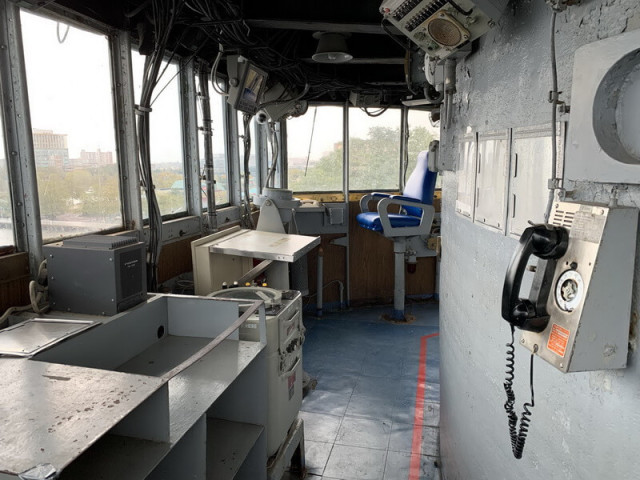
Captain's bridge. At the end is the ship commander's chair. Author's photo
Image source: warspot.ru
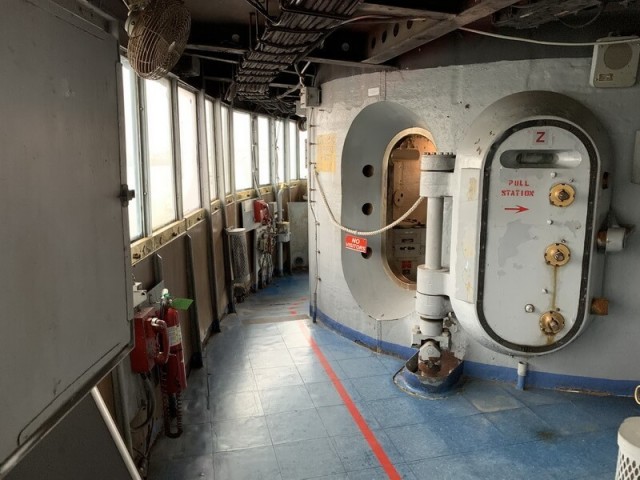
The door to the battleship's conning tower. Author's photo
Image source: warspot.ru
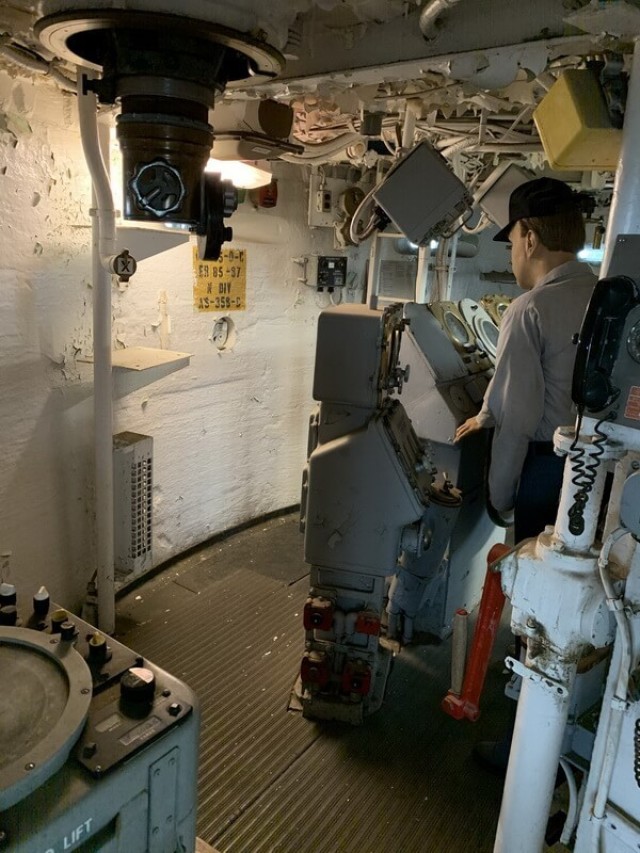
Inside the conning tower. Author's photo
Image source: warspot.ru
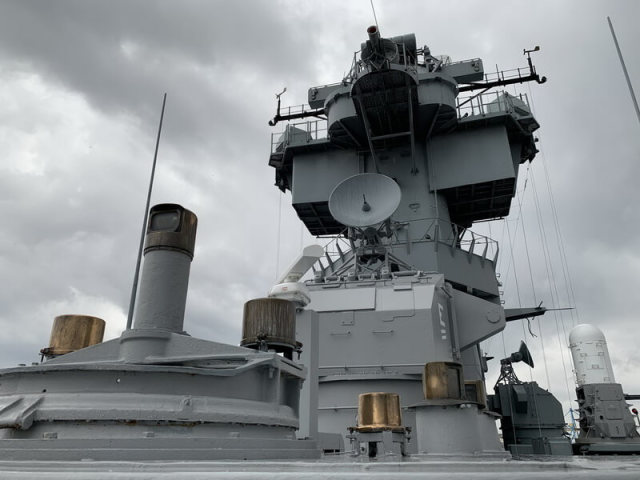
View of the roof of the conning tower. In the background, the command and range-measuring post is visible. Author's photo
Image source: warspot.ru
But even without this, a visitor to the new Jersey can see a lot of interesting things: from the Admiral's quarters to the sailors ' quarters, from the dining room to the ship's TV Studio (when the ship was reactivated in the 1980s, cable TV was installed on it), from the post office to the dental office. Everything is very carefully preserved in the condition in which it was during service in the 1980s and 1990s. The only exception is the cabin of Admiral William Halsey, who kept his flag on this ship when he was commander of the 3rd fleet in 1944-1945 — it was carefully restored from drawings and photographs. By the way, the Spartan cabin environment in comparison with other rooms of the ship very well shows how much the requirements for comfort on American warships have advanced over the 40 years of the XX century.
The description of the premises should be found on special signs, and those who wish can take an audio guide that will tell you even more about the ship. For a fee, group tours are available for every taste: from General education to "adults only", which tell about those aspects of the life of the battleship crew that children do not need to know about. In addition to the usual excursions during working hours, you can spend the night on the battleship: the ship organizes overnight stays for various scout organizations. Unfortunately, adults can only get there if accompanied by children. But in November, an event is held on Board the battleship that is no longer available for children-a beer festival. Drinking beer in the shade of 16-inch guns is, of course, a very atmospheric event.
The Museum ship-like any Museum — is always short of money, so its management is looking for a variety of ways to make money. In addition to the usual t-shirts, mugs and the like on the battleship, you can buy non-standard Souvenirs like national flags that rose above the battleship, or pieces of old teak flooring from the upper deck of the ship.
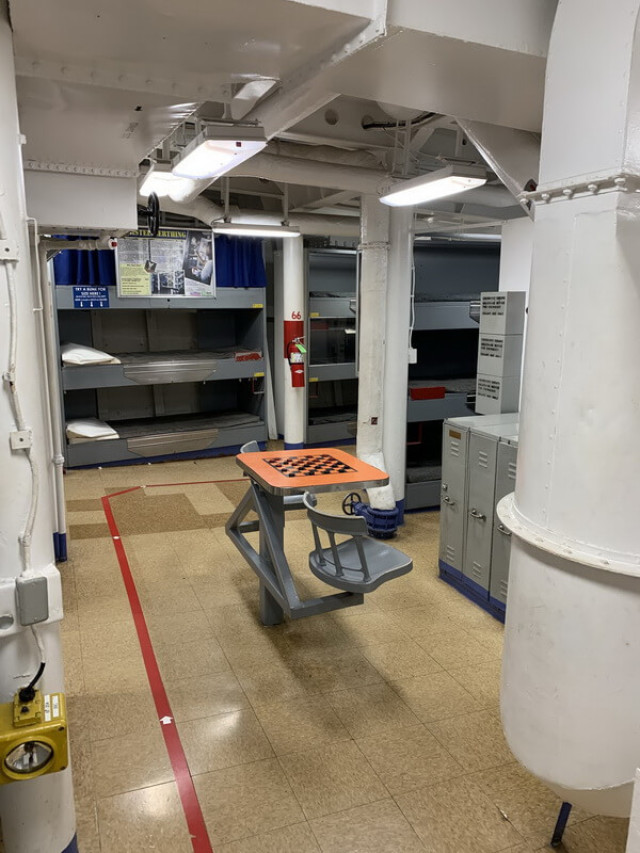
One of the crew's cubicles. Author's photo
Image source: warspot.ru
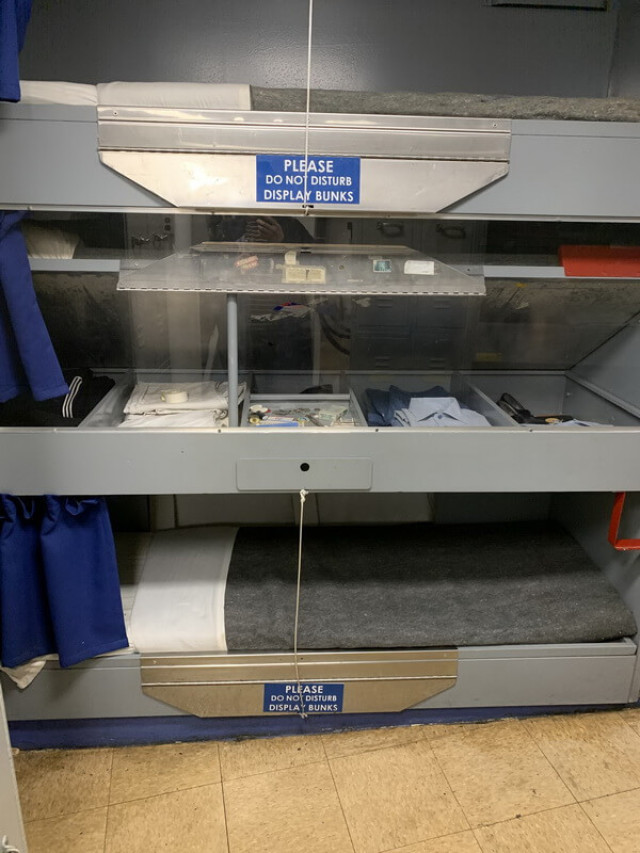
One of the crew's cubicles. Author's photo
Image source: warspot.ru
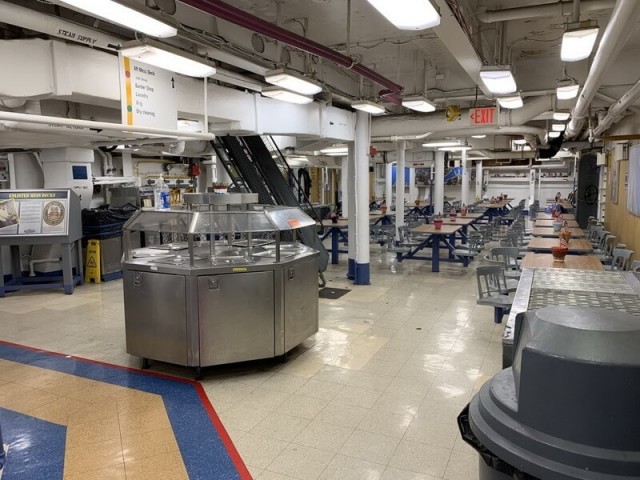
Dining room team. Author's photo
Image source: warspot.ru
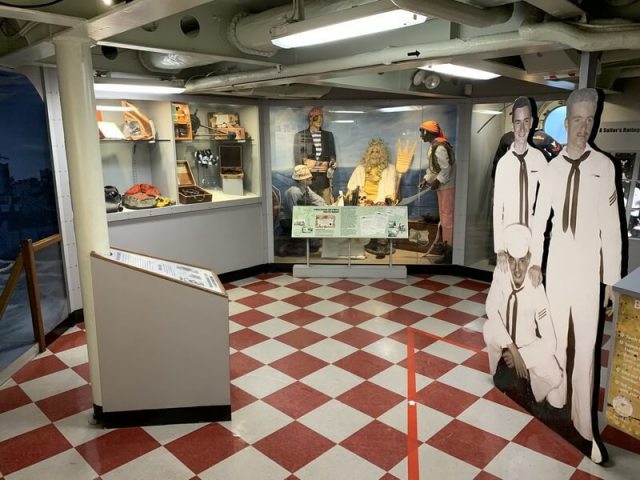
Exhibition dedicated to the history of the ship. In the center of the reconstruction of the ritual of crossing the equator. Author's photo
Image source: warspot.ru
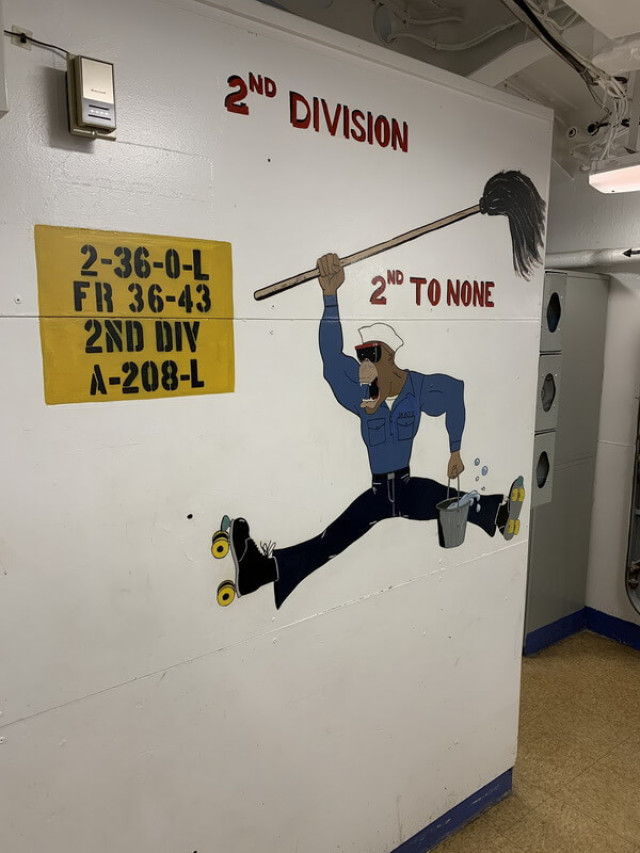
"Wall painting", which was tolerated by the authorities. Author's photo
Image source: warspot.ru
The story of replacing the flooring deserves a separate story. By tradition, the deck of the upper deck and bridges of the battleship is made of teak wood, which has excellent characteristics, but also costs a lot, especially since the boards must be of excellent quality and the same length and thickness for all 5000 m2 of the upper deck. When the management of the ship-Museum saw the bill for the replacement of the upper deck flooring (as far as the author remembers from a conversation with the Museum staff, it was about the amount of more than 5 million dollars), the project was almost abandoned. Replaced only a small area of flooring on the bridges. But then someone's bright head came up with the idea of just buying boards of a smaller thickness and installing them on a lining made of synthetic materials. This reduced costs to "only" 1.5-2 million dollars, which were obtained in the form of loans, grants and donations. It is impossible not to admire the country in which a Museum ship can collect such sums, even if this country is one of the richest in the world.
With the beginning of work, it turned out that the case is not so simple. It was necessary to remove not only the old boards, but also the nails that fastened them. In addition, water seeped through the damaged planks and the steel upper deck was covered with rust, which had to be removed before painting could begin. Only after all this could the lining be laid under the new teak boards. As a result, the replacement of the deck flooring, which started in 2015, was not completed in 2020.
After such amounts, you are not surprised at the cost of the usual maintenance of a battleship — $ 10,000 a day.
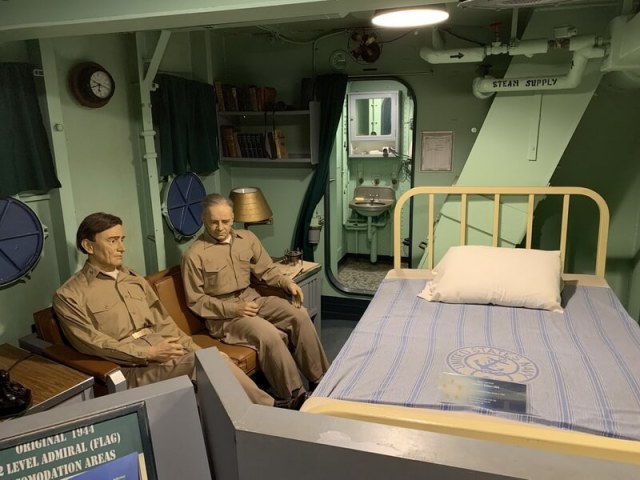
Admiral Halsey's cabin. Author's photo
Image source: warspot.ru
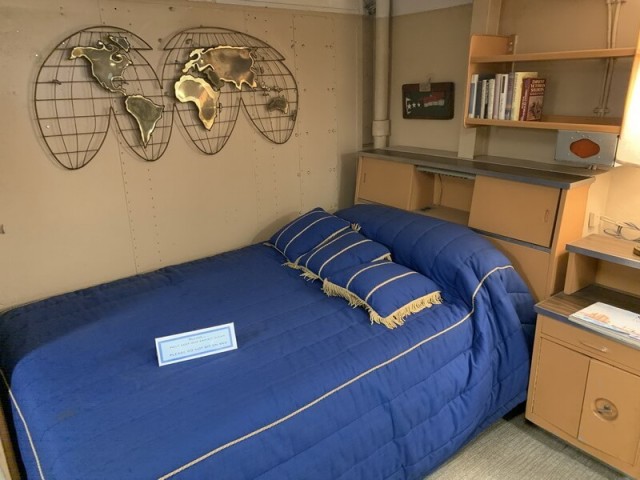
Cabin of the ship's commander in the 1980s and 1990s. The contrast with the previous photo is very noticeable. Author's photo
Image source: warspot.ru
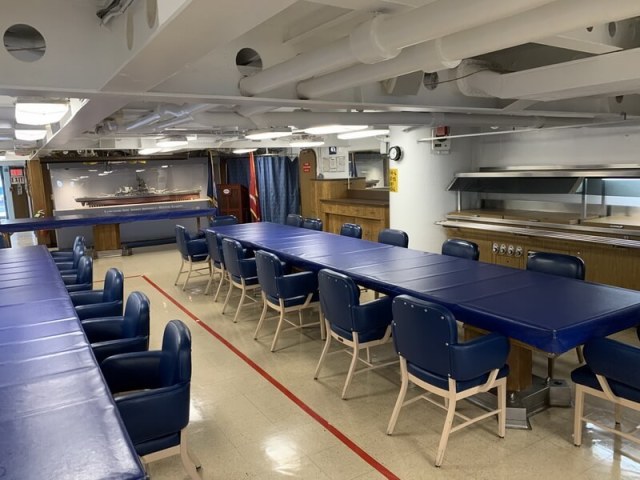
Officers ' mess. Author's photo
Image source: warspot.ru
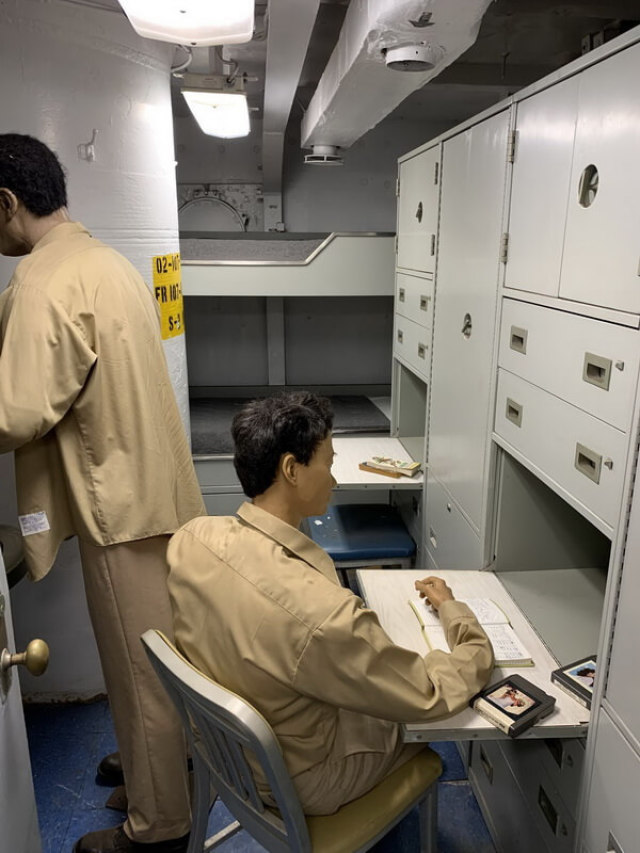
Junior officers ' quarters. Author's photo
Image source: warspot.ru
This story has two morals. First, every time you hear outrage over the fact that a well-deserved ship was scrapped rather than turned into a Museum ship, remember the figures above. They are quite impressive even by US standards, not to mention poorer countries. Serious repairs to a ship of this size will cost tens of millions of dollars, and this should be done periodically. Secondly, before you scold some not very well-groomed Museum ships, remember that their maintenance and repair costs a lot of money, which is collected in crumbs. Most of the work on Board is carried out by volunteers who work exclusively for money.
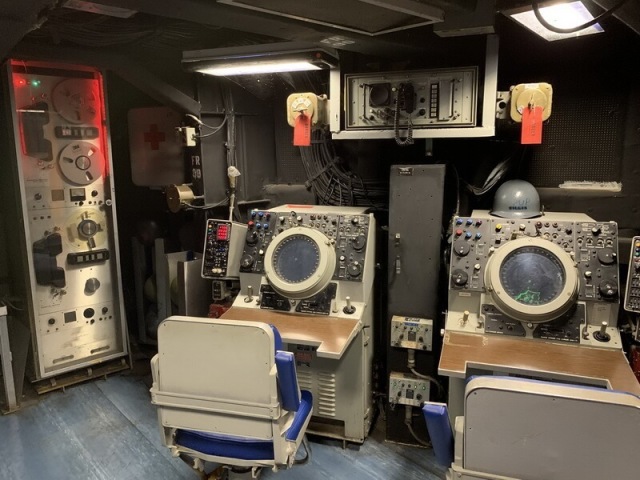
Combat information center. Author's photo
Image source: warspot.ru
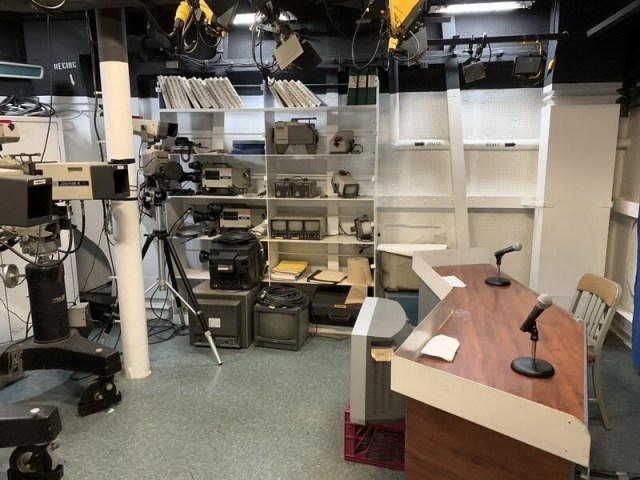
TV studio. Author's photo
Image source: warspot.ru
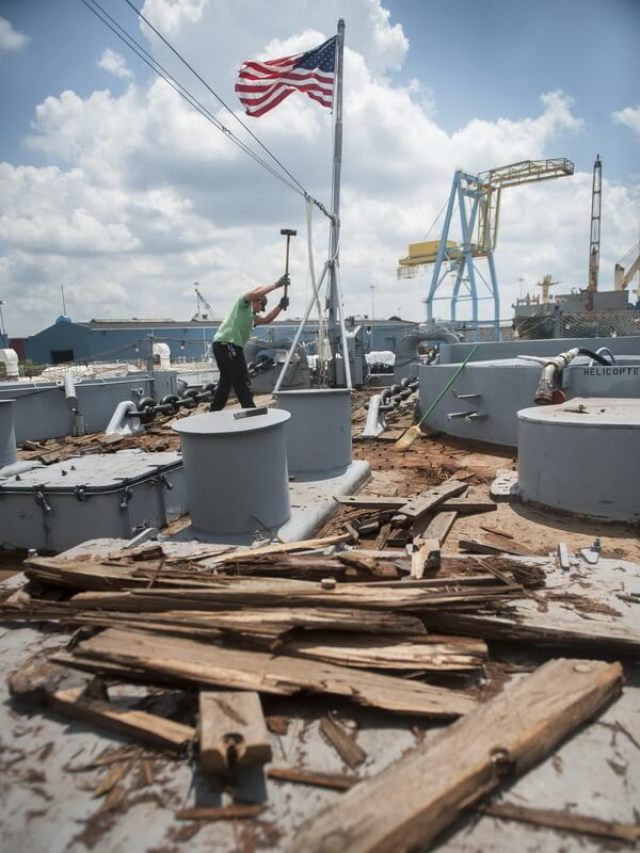
Carpenter removes old teak covering on the upper deck, 2015.
Image source: courierpostonline.com
The Museum's address is 100 Clinton St, Camden, NJ 08103. The Museum is open from 9: 30 to 15: 00 (September-April) or until 17:00 (may-August) every day except thanksgiving, Christmas and New year. The cost of a regular entrance ticket is $ 25. Tickets for tours of tower 2 and the power plant will cost $ 30, while a ticket for the first tour allows you to buy a regular ticket for half the price.
The website of the Museum: https://www.battleshipnewjersey.org/
Video review of the new Jersey Museum ship»
Eugene Pinak
